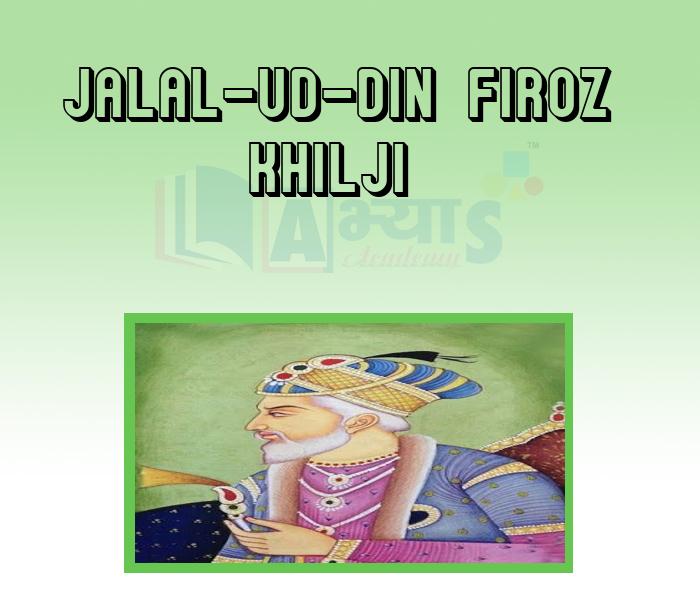Jalal-ud-din Firoz Khilji

Jalal-ud-din Firoz Khilji
Khilji Dynasty (1290-1320 AD)
Jalaluddin Firoz Khilji (1290-1296 AD)
Jalal-ud-din Firuz Khilji was the first Indian ruler of the Delhi sultanate and the founder of the Khilji dynasty, who reigned from 1290 to 1296. He built his capital at Kiluglari, a few miles from the city of Delhi and completed the unfinished palace and gardens of Sultan Kaikubad. He ruled from there for six years. He died on 20 July 1296
Jalaluddin the founder of Khilji dynasty went to ____________ to meet and greet his nephew Alauddin (after the invasion of Devagiri) where he was fraudulently killed by his nephew. | |||
| Right Option : A | |||
| View Explanation | |||
Jalal-ud-din Firuz Khilji the ruler of Khilji Dynasty died in _______________ | |||
| Right Option : A | |||
| View Explanation | |||
Jalal-ud-din Firuz Khilji ruled between _______________. | |||
| Right Option : C | |||
| View Explanation | |||
Students / Parents Reviews [10]
Abhyas is a complete education Institute. Here extreme care is taken by teacher with the help of regular exam. Extra classes also conducted by the institute, if the student is weak.

Om Umang
10thBeing a parent, I saw my daughter improvement in her studies by seeing a good result in all day to day compititive exam TMO, NSO, IEO etc and as well as studies. I have got a fruitful result from my daughter.

Prisha Gupta
8thIt was good as the experience because as we had come here we had been improved in a such envirnment created here.Extra is taught which is beneficial for future.

Eshan Arora
8thIt has a great methodology. Students here can get analysis to their test quickly.We can learn easily through PPTs and the testing methods are good. We know that where we have to practice

Barkha Arora
10thAbhyas Methodology is very good. It is based on according to student and each child manages accordingly to its properly. Methodology has improved the abilities of students to shine them in future.

Manish Kumar
10thMy experience with Abhyas academy is very good. I did not think that my every subject coming here will be so strong. The main thing is that the online tests had made me learn here more things.

Hiya Gupta
8thOne of the best institutes to develope a child interest in studies.Provides SST and English knowledge also unlike other institutes. Teachers are co operative and friendly online tests andPPT develope practical knowledge also.

Aman Kumar Shrivastava
10thI have spent a wonderful time in Abhyas academy. It has made my reasoning more apt, English more stronger and Maths an interesting subject for me. It has given me a habbit of self studying

Yatharthi Sharma
10thIt was a good experience with Abhyas Academy. I even faced problems in starting but slowly and steadily overcomed. Especially reasoning classes helped me a lot.

Cheshta
10thMy experience was very good with Abhyas academy. I am studying here from 6th class and I am satisfied by its results in my life. I improved a lot here ahead of school syllabus.









